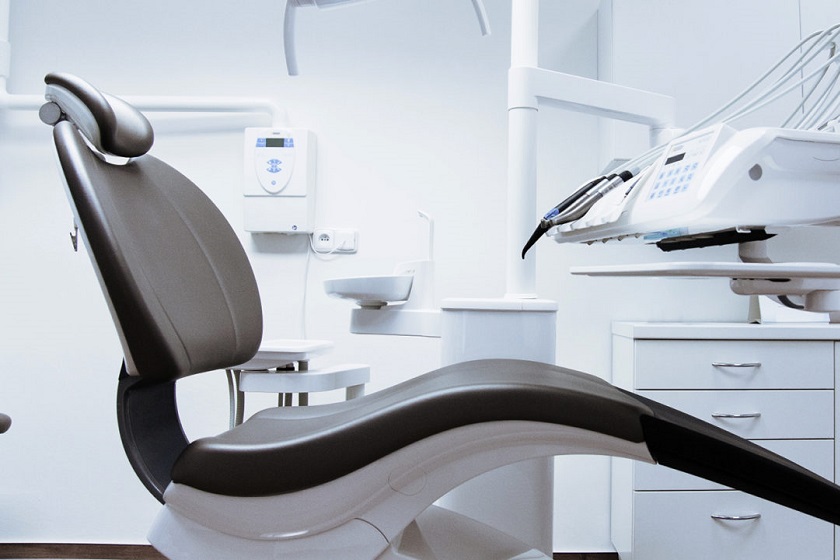According to dentists, there is an increasing focus on how dental practices operate in terms of their green credentials. A number of dental processes like teeth whitening, the plastic wrap that covers materials, and types of equipment have been identified as being harmful to the environment and the move towards dentistry switching to greener alternative is well underway.
Where your dental practice might be on that journey, only you will know, but if you are keen to find out as many ways as possible to reduce your carbon footprint and subsequently reduce the harm you might be doing to the environment, there is no end of possibilities.
At one end of the scale, there are some, such as replacing equipment that will obviously require a significant financial investment. Thankfully, there are also many at the other end which cost absolutely nothing other than a slight change of behaviours, not only from you and your staff but from your patients too.
Now we admit that when you read some of them, the word ‘Duh’ might enter your mind, given some are so obvious and simple. But, before you dismiss any of them ask yourself and ask if your dental practice truly does any of them 100% of the time.
If it does, then well done, but if not, and you now introduce them, you will be one step closer to reducing your carbon footprint significantly, given the cumulative effect of doing all of them.
Turn Everything Off At Night: When your practice is closed, get staff to switch everything off that is does not need to be on. Lights, computers, printers are but three of the usual suspects. Apart from the green impact, you will also reduce your electricity bill.
Switch To LED Lighting: Throughout your dental clinic make the switch from fluorescent lighting to LED lighting. These last longer and there is less harmful wastage created with regards to fluorescent tubes and the chemical inside them being disposed of.
Increase The Number Of Indoor Plants: Apart from their beauty, plants are known to reduce the amount of ozone that occurs indoors, and as such help purify the air. Their aromas can mean less reliance on aerosol air fresheners as well.
Make Recycling A Practice Principle: Within a dental practice, there is a multitude of items that can be recycled ranging from instruments that you might use to treat patients, through to the magazines in the waiting room. Sit down and brainstorm everything you can think of within your proactive that can be recycled or has an alternative that can.
Switch To Reusable Materials: As well as recycling you should seek to switch to items that can be reusable after washing and sterilisation such as patient bibs and staff gowns. Again you might want to do a green ‘audit’ of any items which are single-use only, and where a reusable option might exist.
Reduce Appointment Frequencies: Where possible, and without compromising any patient’s treatment, looks for ways to reduce the number of times patients have to visit you. This could mean doing more dental work on a longer single appointment, rather than over two or three separate appointments.
Why? Well, every time that patient travels to your clinic, unless they walk or cycle, they will be adding to the pollution in the atmosphere due to the car they travelled in pumping out exhaust fumes. Less visits equals fewer car journeys, which means less pollution.


